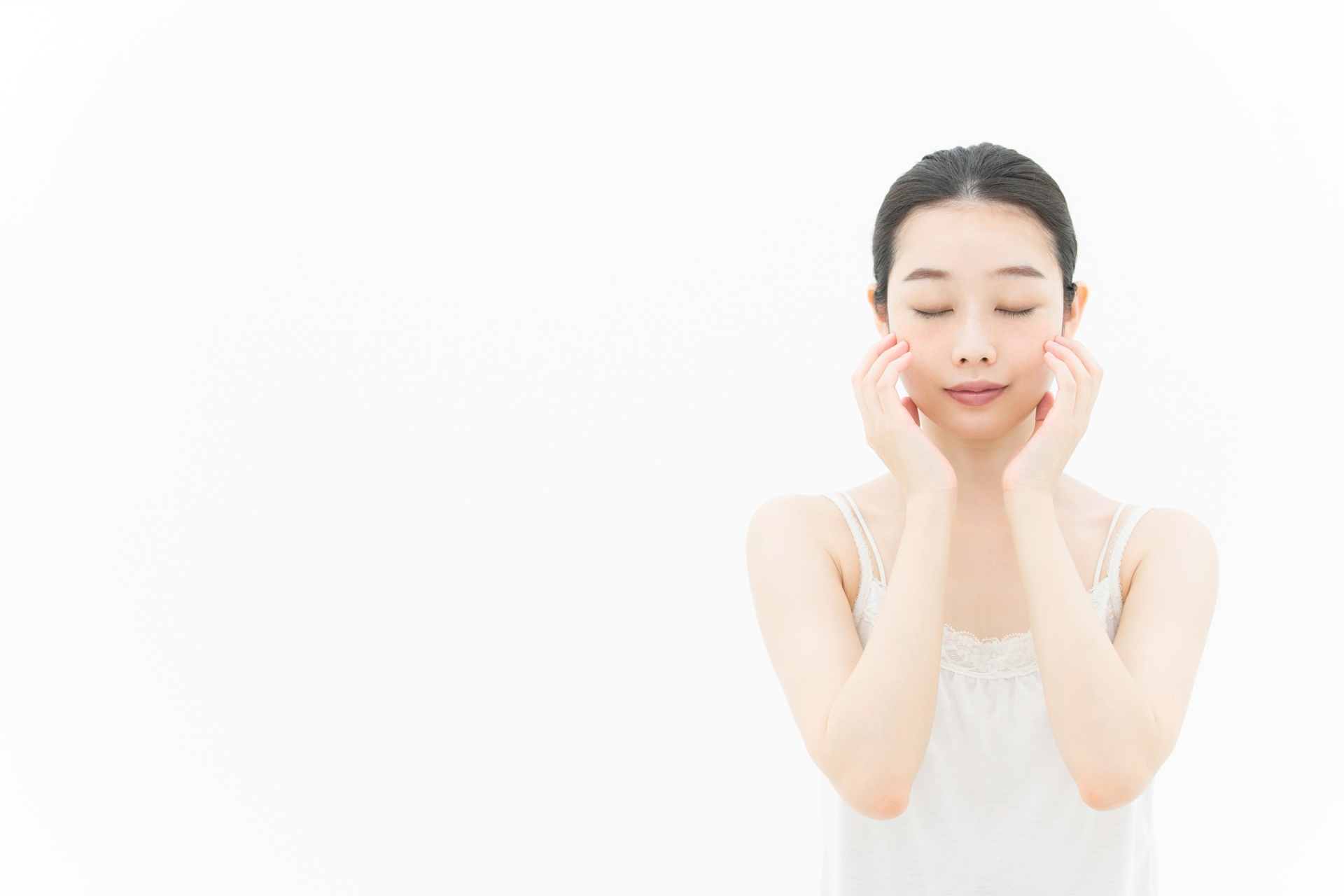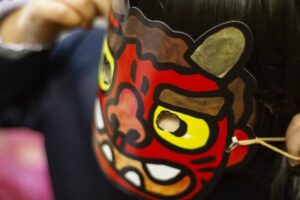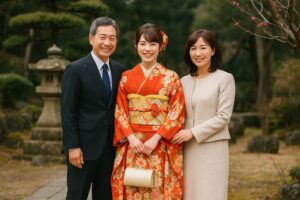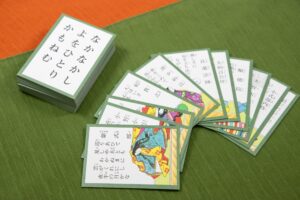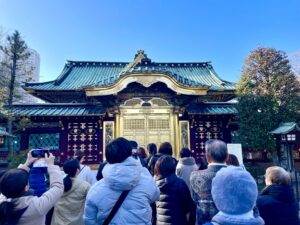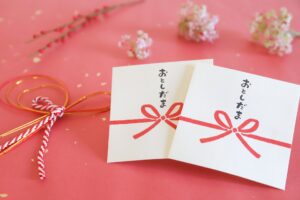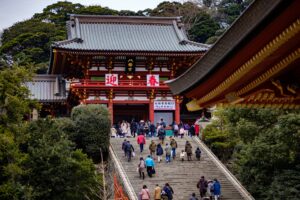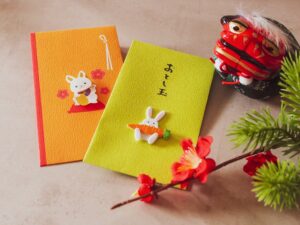Japanese makeup styles are renowned for their elegance, subtlety, and ability to enhance natural beauty. From the traditional looks of the Geisha to the modern kawaii aesthetic, this guide delves into the various aspects of Japanese makeup. We will explore cultural influences, essential techniques, and products that define Japanese beauty, helping you master these styles effortlessly.
Understanding Japanese Makeup Styles
Japanese makeup styles are a unique blend of tradition and modernity, influenced by centuries of cultural practices and contemporary global trends. Traditional styles, such as those seen in Geisha makeup, emphasize a striking white base, defined eyebrows, and bold red lips. These styles are deeply rooted in historical rituals and theater, aiming to portray beauty with elegance and grace. Modern Japanese makeup, on the other hand, leans towards enhancing natural beauty with a minimalistic approach. The kawaii (cute) aesthetic, characterized by soft colors, dewy skin, and large, expressive eyes, has become synonymous with Japanese fashion and pop culture. Understanding these styles involves appreciating the cultural values of subtlety, cleanliness, and the celebration of natural features that have shaped Japanese beauty standards over time.
Traditional Japanese Makeup Techniques
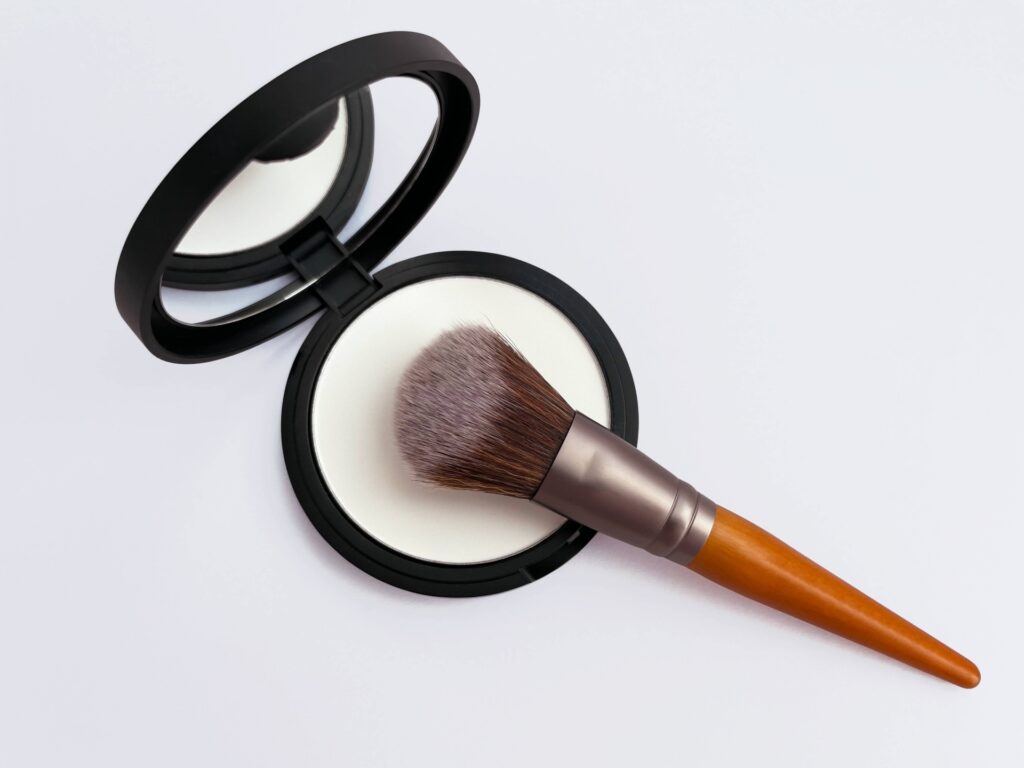
Traditional Japanese makeup, most famously represented by the Geisha, is an art form that has been passed down through generations. The classic Geisha look begins with a white foundation called oshiroi, which covers the face and neck. This white base symbolizes purity and highlights facial expressions, a key aspect of Japanese theatrical traditions like Kabuki. Eyebrows are painted on with precision, often in straight lines or subtle curves to convey different emotions. The eyes are accented with black and red liners to create a dramatic contrast against the white face, while the lips are painted in a small, heart-shaped form using beni, a red pigment derived from safflower. Achieving this look requires careful application and attention to detail, reflecting the discipline and artistry behind traditional Japanese beauty rituals.
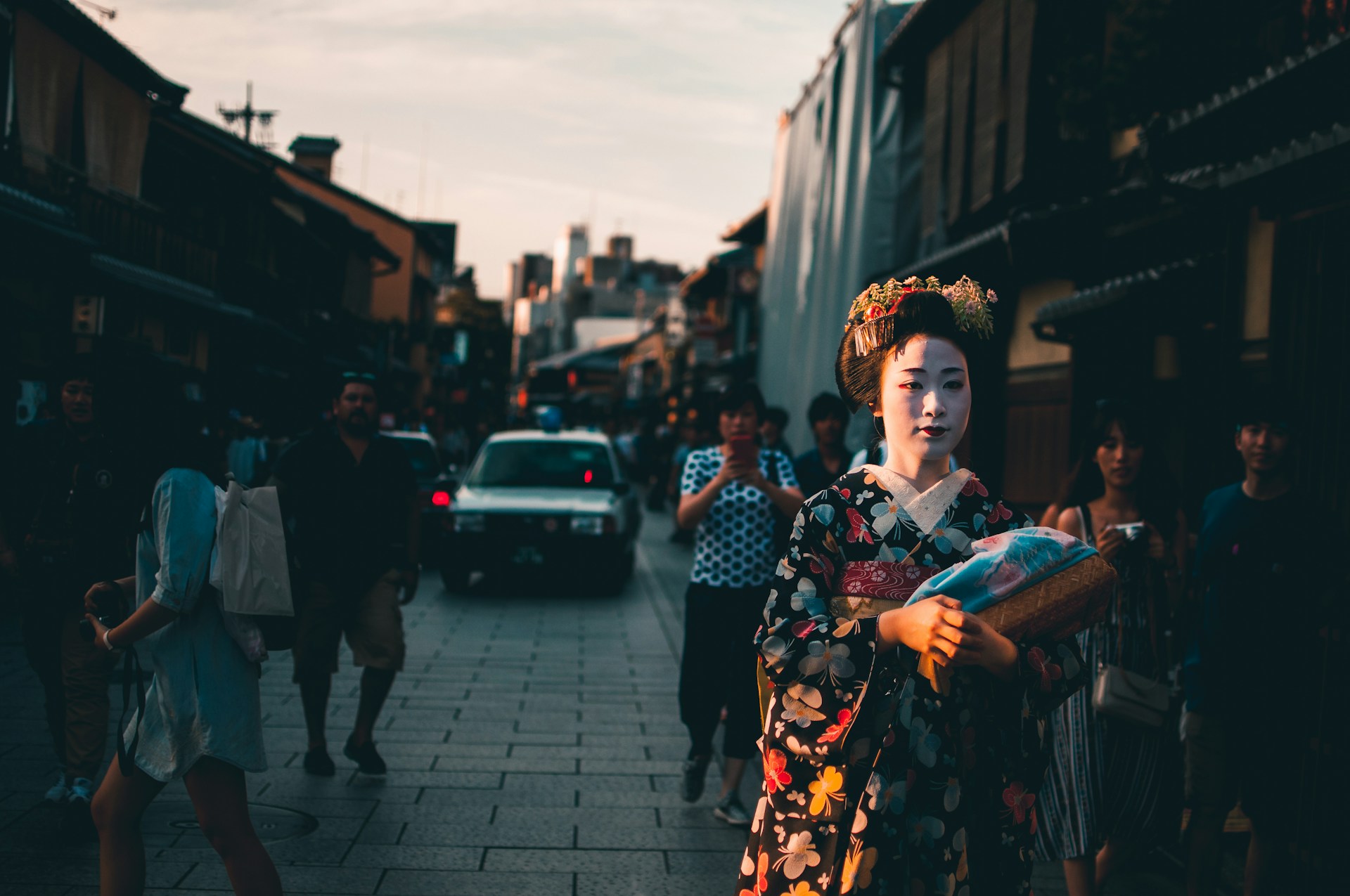
Modern Japanese Makeup Trends
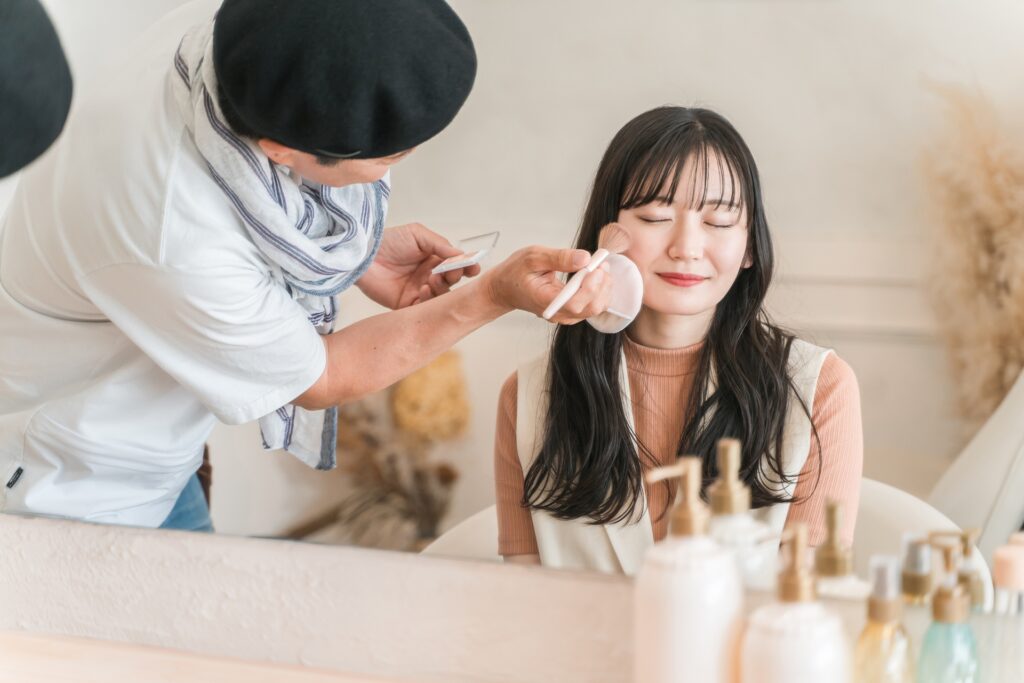
Today’s Japanese makeup trends embrace both kawaii and sophisticated aesthetics. The kawaii style, popular among young adults and influenced by anime and J-pop culture, emphasizes youthful features with pastel eyeshadows, winged eyeliner, and pink blush. Gyaru makeup, another modern style, adds a glamorous twist with bold eye makeup, including thick eyeliner and voluminous lashes, paired with tanned skin and glossy lips. Recently, minimalist makeup trends have gained popularity, focusing on achieving a fresh, natural look. Influencers and fashion magazines like Vivi and Non-no often set these trends, promoting products and styles that resonate with the Japanese ethos of enhancing one’s natural beauty with subtlety and care.
Essential Products for Japanese Makeup
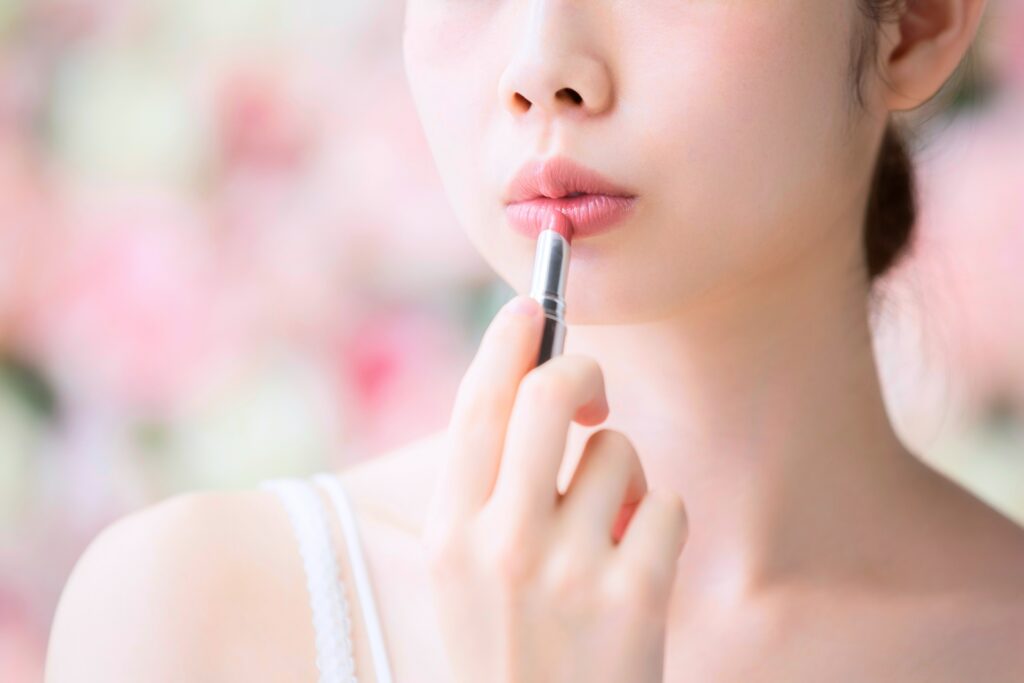
To achieve authentic Japanese makeup looks, certain products are indispensable. Traditional products include oshiroi (white powder foundation) and beni (red lip color), which are still used in cultural performances and by traditional beauty practitioners. For modern looks, essentials include BB creams for a flawless base, liquid liners for precise eye definition, and lip tints for a natural pop of color. Japanese brands such as Shiseido, Canmake, and SUQQU are popular choices, known for their quality and alignment with the natural beauty aesthetic. Skincare also plays a crucial role, with products like facial essences and serums being integral to achieving the dewy, hydrated skin that is a hallmark of Japanese beauty.
How to Achieve a Natural Japanese Makeup Look
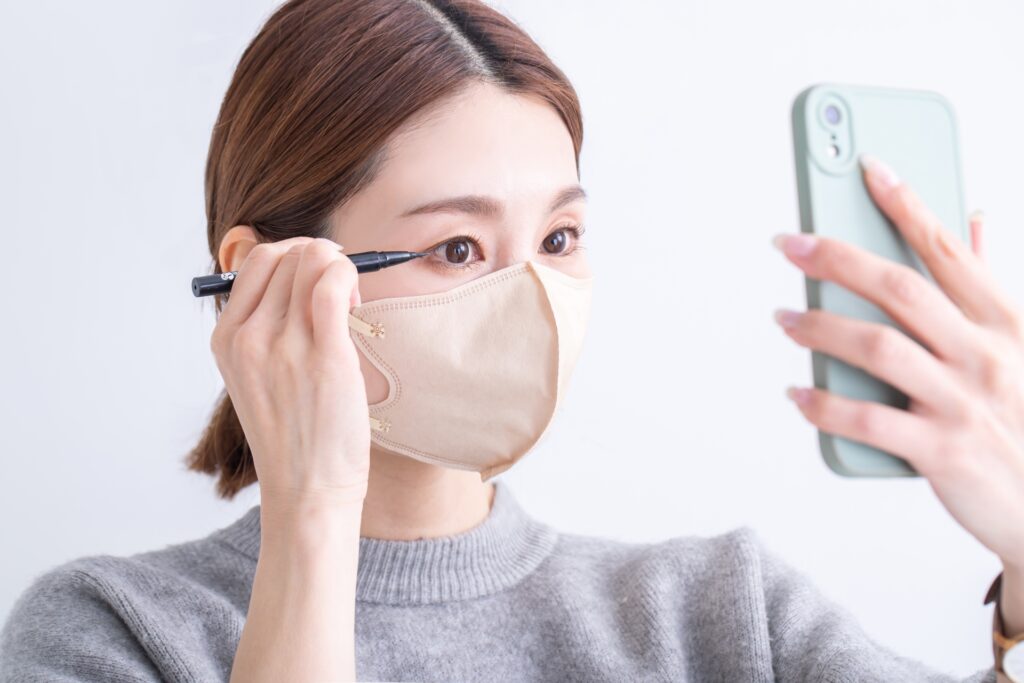
Creating a natural Japanese makeup look focuses on enhancing rather than transforming one’s features. Start with a hydrating primer followed by a lightweight BB cream or foundation to even out the skin tone without masking it. Use a soft blush in pink or peach tones to add a natural flush to the cheeks. For the eyes, opt for neutral eyeshadows and a thin line of eyeliner to subtly define the lash line. Mascara should be applied lightly to lengthen the lashes without clumping. Finish the look with a sheer lip tint that matches the blush for a cohesive and fresh appearance. Incorporating skincare into the routine, such as moisturizing regularly and using sunscreen, is essential to maintain the skin’s health and glow.
Tips for Long-lasting Japanese Makeup
Ensuring that makeup stays intact throughout the day, especially in humid conditions, requires a few key techniques. Begin with a mattifying primer to control oil and shine. Use setting powders sparingly to lock in foundation, focusing on the T-zone. A setting spray can also be applied as the final step to create a barrier against sweat and environmental factors. For the eyes, waterproof eyeliner and mascara are recommended to prevent smudging. Regular touch-ups with blotting papers or a compact powder can help maintain a fresh appearance without reapplying too much product.
Conclusion
Japanese makeup styles offer a rich tapestry of tradition, modernity, and innovation. From the striking, ritualistic beauty of the Geisha to the playful and soft kawaii looks, these styles reflect a deep cultural appreciation for aesthetics and self-expression. Whether one is experimenting with traditional techniques or modern trends, understanding the cultural context and selecting the right products are key to mastering Japanese makeup. By embracing these styles, individuals can enhance their natural beauty while honoring the artistry that makes Japanese makeup so unique.

